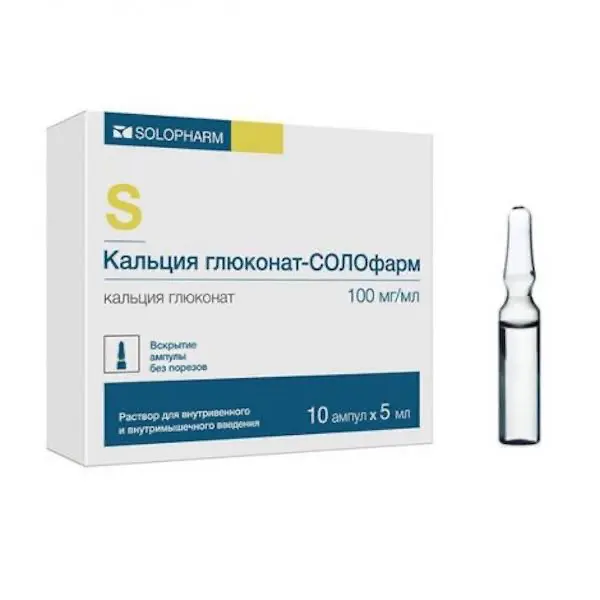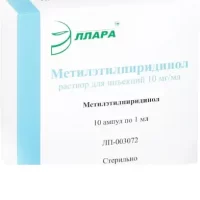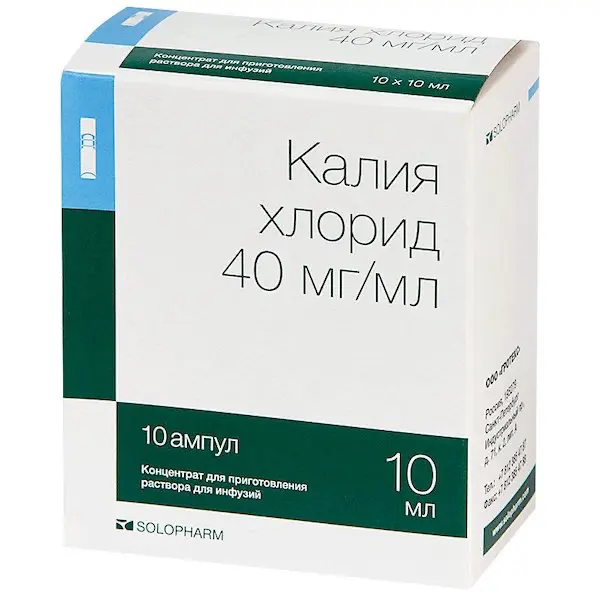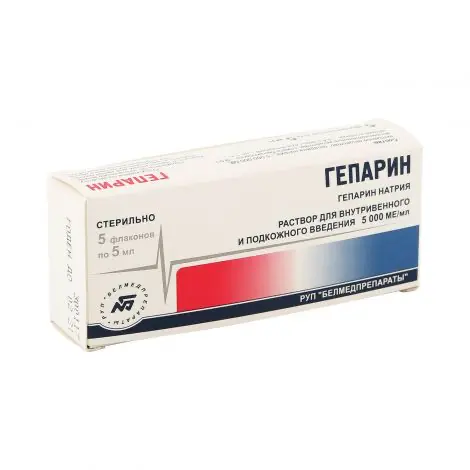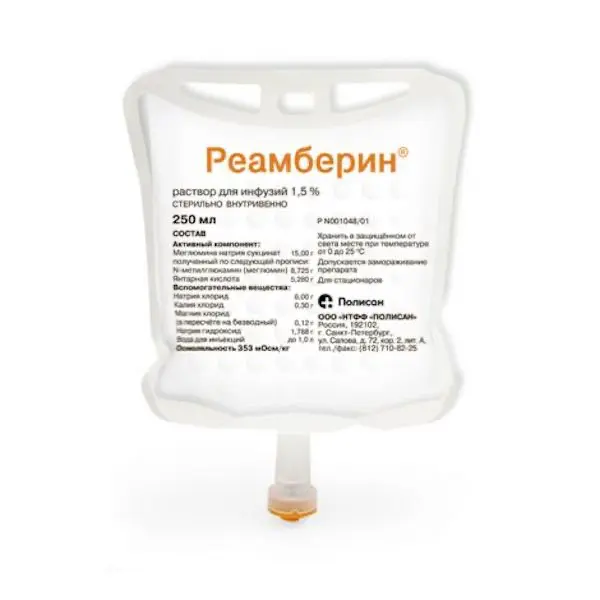Description
Calcium Gluconate Pharmacodynamics
Calcium preparation compensates for the lack of calcium ions required for transmission of nerve impulses, contraction of skeletal and smooth muscles, myocardium activity, formation of bone tissue, blood clotting.
When administered intravenously it stimulates sympathetic section of autonomic nervous system, increases adrenal secretion of adrenaline.
Indications
Treatment of acute hypocalcemia. To decrease capillary permeability in allergic conditions, nonthrombocytopenic purpura and exudative dermatoses, such as herpetiform dermatitis and pruritus due to certain medications.
Contraindications
Hypersensitivity to calcium gluconate and other components of this medicine, hypercalcemia (including patients with hyperparathyroidism, hypervitaminosis D, decalcifying malignancies, renal failure, osteoporosis associated with immobilization, sarcoidosis, lactic-alkali syndrome (Burnett syndrome)), hypercalciuria, intoxication with cardiac glycosides, concurrent treatment with cardiac glycosides; for intramuscular administration – childhood age.
Caution:
Dehydration, electrolyte disturbances (risk of hypercalcemia), diarrhea, malabsorption syndrome, calcium nephrolithiasis (history), mild hypercalciuria, moderate chronic renal failure, widespread atherosclerosis, hypercoagulability, in elderly patients, especially in the presence of one or more of the above mentioned conditions, nephrocalcinosis, cardiovascular pathology, sarcoidosis, chronic heart failure, concomitant treatment with epinephrine. Before using the drug, it is necessary to consult with your doctor.
Pregnancy and lactation:
Calcium penetrates the placental barrier and enters the breast milk. Administration of the drug during pregnancy and lactation is possible only under strict control of serum calcium concentration, because hypercalcemia adversely affects the fetus and the child.
Dosage and administration
- Normal concentration of total calcium in blood serum is 2.25-2.75 mmol/l, or 4.45-5.5 sEq/l. Therapy with calcium gluconate is aimed at restoring normal plasma calcium concentration. Calcium-containing solutions should be administered slowly to minimize peripheral vasodilation and cardiac suppression.
- The drug is heated to body temperature before administration. The drug is administered deeply intramuscularly or intravenously slowly (within 2-3 minutes), or by drip injection to avoid the possibility of local irritation or necrosis if the drug enters the perivascular tissues. Intravenous injections should be performed under close monitoring of heart rate and electrocardiogram, since bradycardia with vasodilatation and arrhythmias may occur if calcium gluconate is administered too rapidly.
- When administered intravenously, a sensation of fever throughout the body may occur, which quickly subsides.
- Due to the risk of local irritation intramuscular injection should only be performed if intravenous injection is not possible. Intramuscular injections should be made deep enough into the muscle, preferably into the gluteal area. For obese patients, a longer needle should be selected to inject safely into the muscle rather than into the fatty tissue. If repeated injections are necessary, the injection site should be changed each time.
- During treatment it is necessary to monitor carefully calcium concentration in blood plasma, during high doses additionally control the rate of calcium excretion with urine.
Adults: intramuscularly, intravenously slowly (over 2-3 min) or by drop of 5-10 ml of 100 mg/ml (10% solution) daily, every other day or every other day (depending on the character of the disease and the patient’s clinical condition). Subsequent doses are determined according to the serum calcium concentration. - Children under 18 years old: dose and method of administration depend on the degree of hypocalcemia, the nature and severity of symptoms.
- For children, depending on their age the drug in concentration of 100 mg/ml (10% solution) is administered in the following dosages: up to 6 months – 0.1-1 ml, 7-12 months – 1-1.5 ml, 1-3 years -1.5-2 ml, 4-6 years – 2-2.5 ml, 7-14 years – 3.5 ml, over 14 years – dosage as for adults. Children should not be injected intramuscularly because of possible development of necrosis. Only slow intravenous injection or intravenous infusion after dilution is recommended in order to achieve sufficiently low rates of administration and to avoid the possibility of local irritation or necrosis if the drug accidentally enters the perivascular tissues.
- For intravenous infusion the drug is diluted at a ratio of 1:10 to a concentration of 10 mg/ml with the following solutions for infusion: 0.9% sodium chloride solution or 5% glucose solution. The rate of intravenous injection should not exceed 50 mg of calcium gluconate per minute. Dilution should be performed under aseptic conditions.
- Elderly patients: there are no data indicating adverse tolerance of calcium gluconate in elderly patients, but age-related changes, such as renal dysfunction and slowed metabolism, may require dose reduction.

